Specimens
16,600
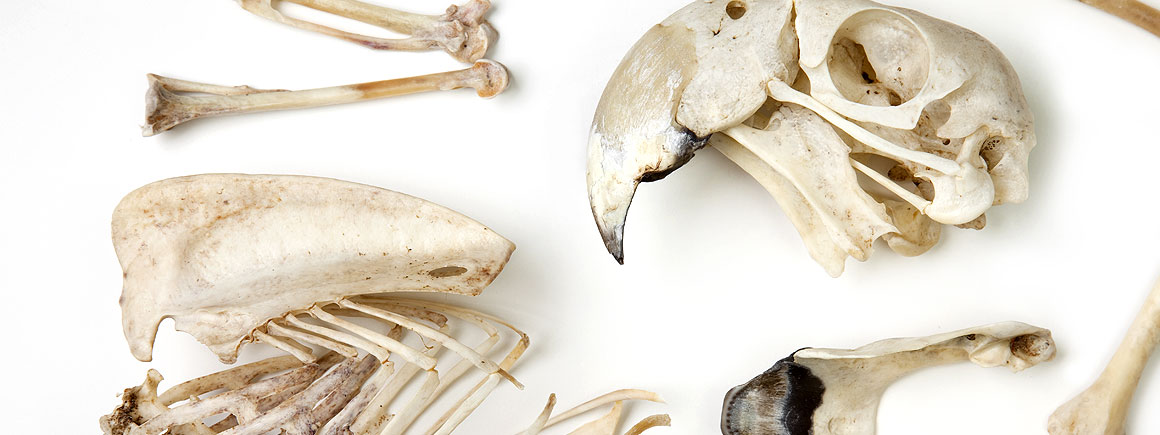
Skeleton of captive scarlet macaw, Ara macao, added to the collections in 2011
Our bird skeleton collection, also called the avian osteology collection, is the largest of its kind in the UK. It contains around 16,600 specimens, including complete and partial skeletons and skulls.
16,600
The bird skeleton collection includes around 16,000 specimens, making it both the largest such collection in the UK, and one of the twenty largest such collections in the world.
It contains material from about 65 per cent of the world's bird genera and 33 per cent of all bird species.
The skeleton collection includes some of the Museum's oldest and most famous specimens, including a number of domestic birds from the collections of Charles Darwin.
Two of our hornbill skulls were originally part of the collections of Sir Hans Sloane (1660-1753), which formed the basis of the British Museum in 1753.
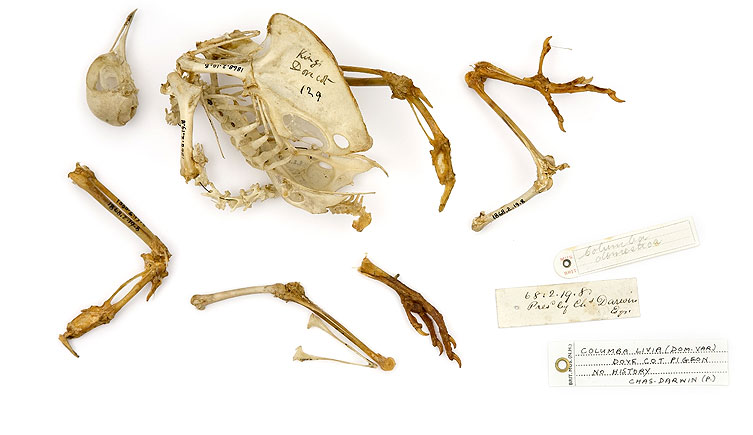
Our bird skeleton collection contains around 80 domestic bird skeletons collected by Charles Darwin.
In addition to our collection of modern birds, we also hold some Holocene subfossil material - including specimens from the Chatham Islands in New Zealand, some Atlantic islands and Puerto Rico - along with material of key taxa such as the dodo (Raphus cucullatus).
The Museum's main palaeontological bird collections, including moa and elephant birds, are held in the Department of Earth Sciences.
The bird skeleton collections are being digitised
If you would like to use any specimens for research, please get in touch
Search or browse bird type specimens and access catalogue data on holotypes, syntypes, lectotypes and neotypes.
Explore the electronic Bulletin board for European avian curators, an online community of European bird curators and associates.
Find what you're looking for with our comprehensive lists of ornithological references, and choose from a range of related websites.
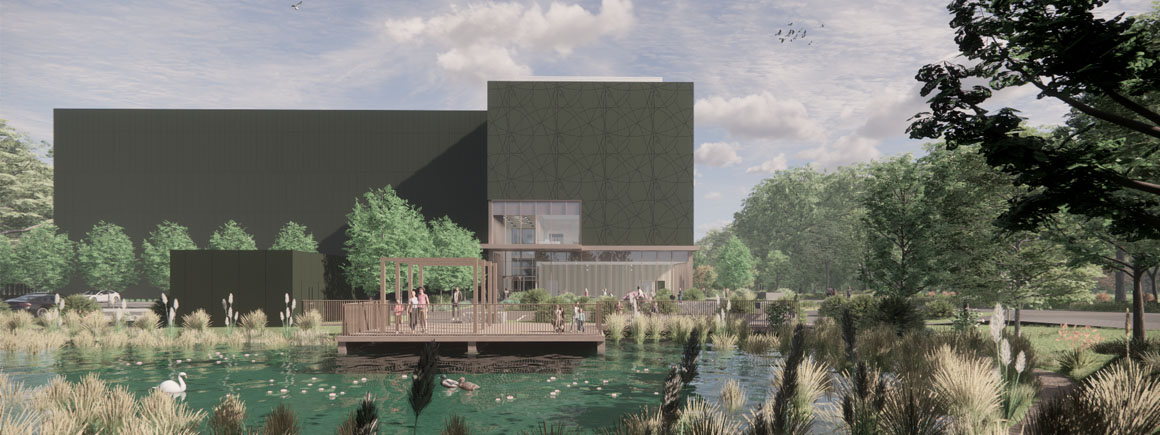
Access to some collections will be affected as we prepare for the move to our new collections, science and digitisation centre.
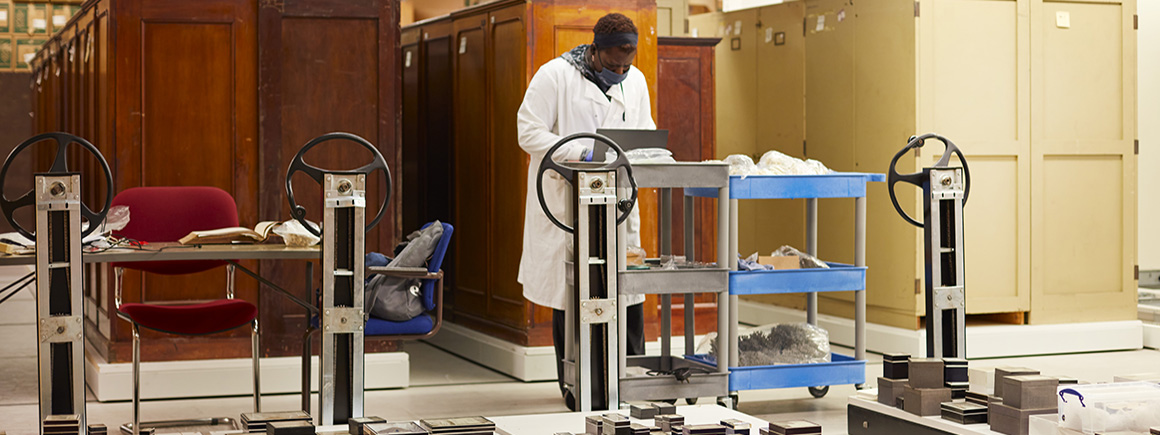
Scientists and collections management specialists can visit the collections and borrow specimens for research.
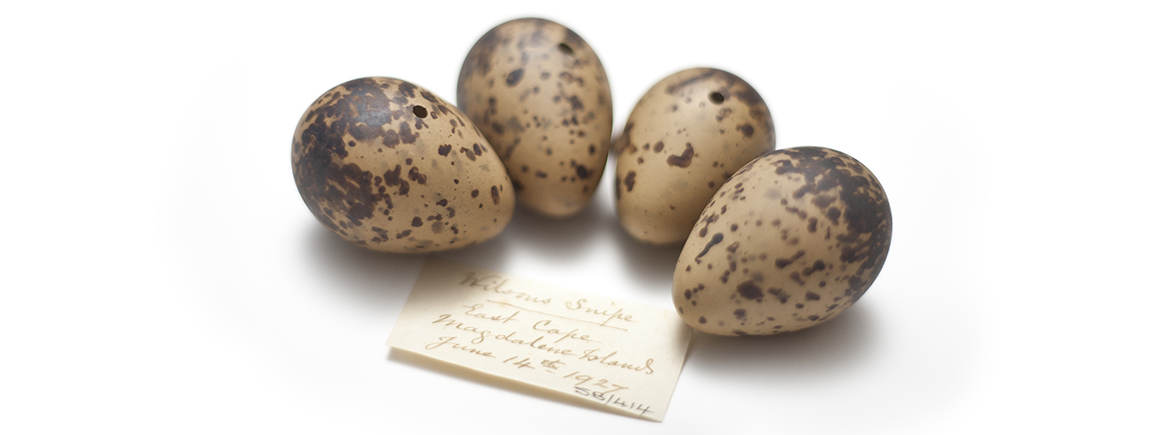
Our duty is to provide a safe and secure environment for all of our collections.